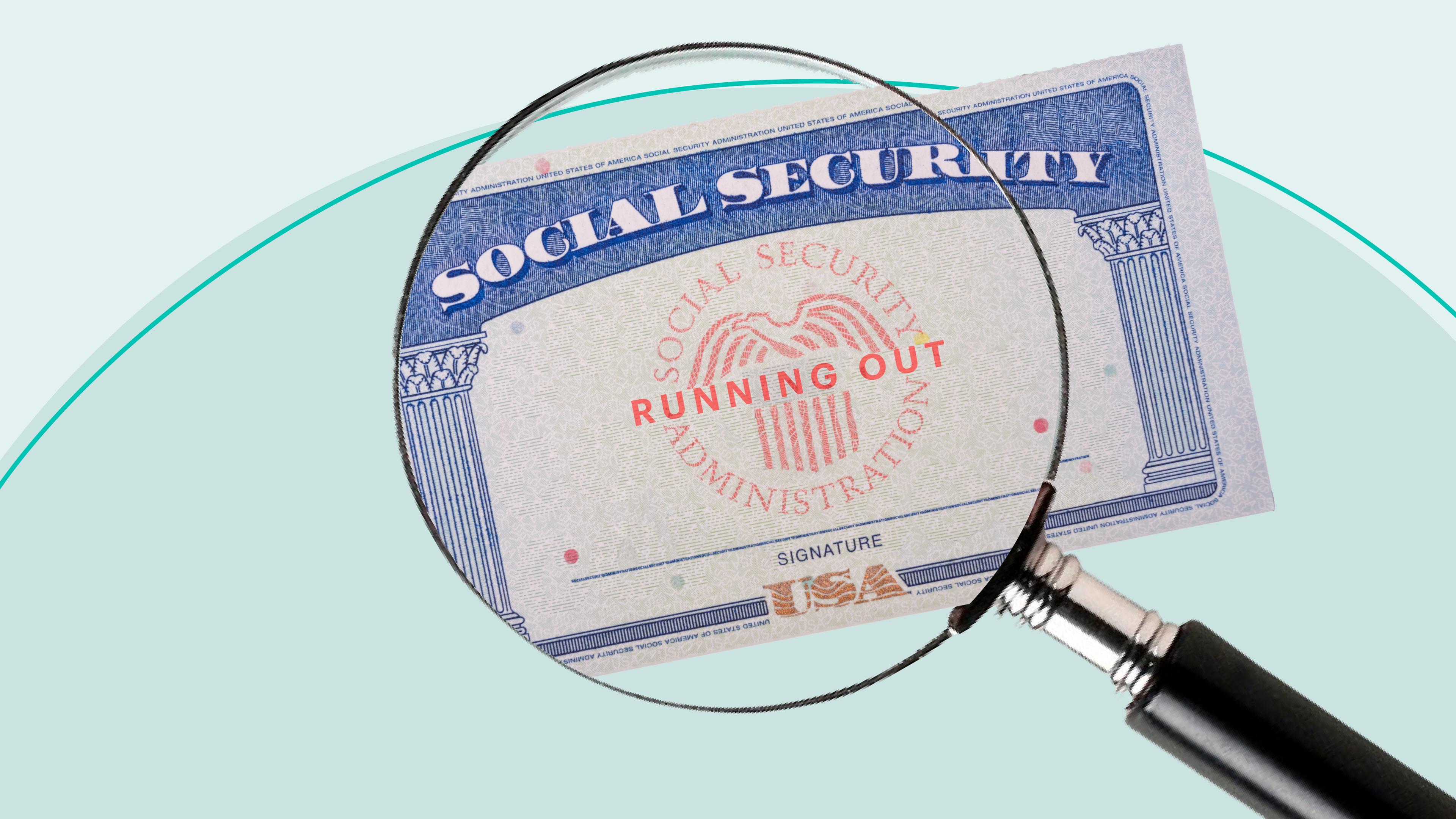Even if you’re decades away from your golden years, it’s worth knowing what Social Security is all about. Especially since the Social Security trust fund is projected to run dry by 2034. And that could factor into your retirement planning.
Back up. What is Social Security exactly?
Social Security is a social insurance program created by the US gov in the 1930s. Mainly to provide financial security to workers by paying them a regular income after retirement. Today, Social Security is a system of government trust funds that pay disability insurance, survivor benefits, and the retirement income it’s best known for.
Got it. So how does Social Security work?
The short version: You pay into it, the money is invested, and it comes back to you after you reach retirement age.
The detailed version: Social Security is funded by payroll taxes, officially known as FICA. (Hint: that stands for the Federal Insurance Contributions Act.) It’s an acronym you’ve probably seen on your paycheck. You pay into Social Security during your working years, with those payroll taxes automatically deducted from each paycheck and set aside into the trust fund. Or if you’re self-employed, you pay those taxes when you file your federal return. Once you’re ready to claim your benefits in retirement, the gov will send you a monthly check or direct deposit.
How much will I get when I retire?
Your payout is calculated based on a few factors, including your 35 highest-earning years. It also depends on your age when you retire. Until you reach your full retirement age (which varies based on the year you were born), you’ll only receive a portion of your benefits. While you can start cashing in as early as 62, waiting until your full retirement age (that's 67 for millennials) will give you more money each month.
Keep in mind that the average Social Security payment in 2022 is $1,657, aka probably not enough to live off of alone. That’s where a retirement savings account, like a 401(k) or IRA, can help.
I heard Social Security won’t be around by the time I retire.
Not exactly. It’s true the Social Security program is struggling. And the trust fund is set to run out by 2034. That’s because the number of people receiving Social Security benefits is larger than the number of people paying into it. People are having fewer children and living longer. Plus, COVID-19’s economic side effects (think: a recession that negatively impacted payroll taxes, thanks in part to fewer people in the labor market to pay them) didn’t help. Oh, and rising inflation means payments keep getting larger to keep up with the cost of living.
The good news: Social Security won’t completely disappear as long as payroll taxes continue being collected. And lawmakers have been drawing up plans to fix the program. One popular democratic proposal, which was reintroduced in the House in October 2021, would fund Social Security through 2038, giving Congress more time to come up with a long-term solution. House Democrats are hoping to vote on it in spring 2022, but Republicans are concerned about costs.
President Joe Biden also campaigned on a plan to increase benefits for low-wage earners and raise more revenue from higher earners. No updates on these promises yet. But Treasury Secretary Janet Yellen says the Biden admin is committed to keep Social Security running for future generations.
What can I do to save for Future Me without relying solely on Social Security?
There are a few steps you can take to create a bigger safety net for yourself:
Up your 401(k) contributions. If your employer offers a 401(k) match, make sure you contribute at least enough to get the full amount. Because that’s free money. And if you can afford it, consider adding an extra percentage or two on top. That can make a big impact on your future nest egg. (Thanks, compound returns).
Open an IRA. If you don’t have access to a 401(k), you aren’t out of luck. You can stash away extra cash for retirement in an Individual Retirement Account (IRA), which doesn’t need to be sponsored by your employer but has similar benefits. For 2021 and 2022, you can save up to $6,000, or $7,000 if you’re 50 or older, in an IRA. (Psst…you have until April 15, 2022, to make 2021 contributions.)
Start a health savings account (HSA). If you’re enrolled in a high-deductible health plan, you can set aside money for future medical expenses through an HSA. The funds don’t expire, and after age 65, you can use the money for non-medical expenses. (PS: it’s triple-tax-advantaged, too.) Bonus: some employers match HSA contributions.
theSkimm
Social Security should still be part of your plan for the future. But having your own savings to fall back on — and pad your retirement fund — is always a good idea.
Subscribe to Skimm Money
Your source for the biggest financial headlines and trends, and how they affect your wallet.
